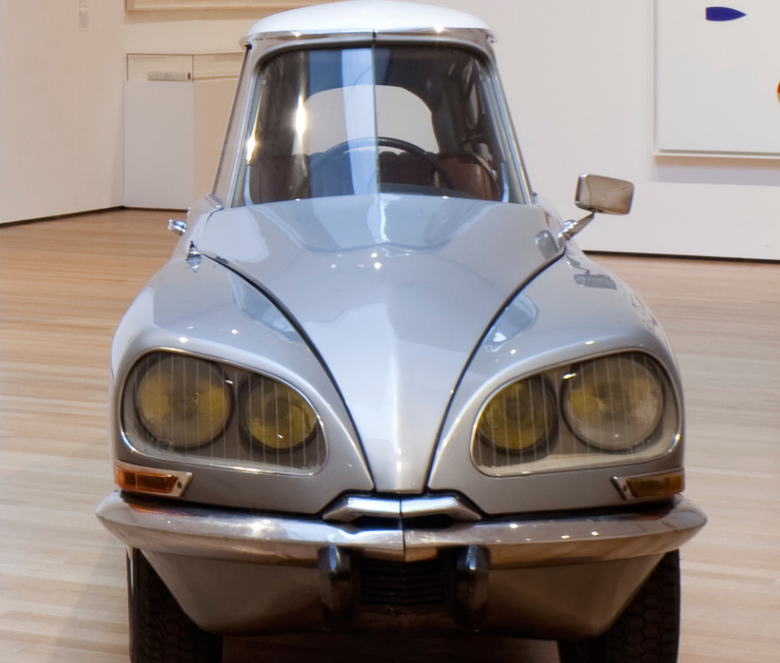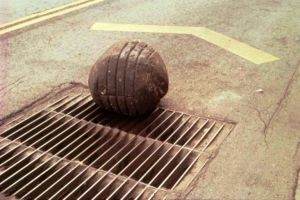I am keen to work further on the instructions I created, to help navigating the unknown. In my assessment yesterday, one of my tutors mentioned that it could be interesting too if people are able to take just one instruction in isolation and whether they might interpret this differently without the context of the others, or if this instruction in isolation might be interesting.
This had me recall the work of Brecht, where he had a box or card system of instructions that you could take from. This reminds me of board games, such as Cranium or Pictionary, where the player is given instructions and often other players have to guess what was on the card. It also reminds me of notices placed on notice boards, where there are tear off contact details at the bottom, or of ticket machines at deli counters etc, where the piece of paper you have taken affects the result for the next person (by removing the previous number in the case of tickets, or reducing the number of people who can take the contact details from the notice). Or even fortune cookies, whereby a ‘personal’ script is found inside each one. It could be interesting to explore these different modes of presentation for my work.

In looking up the above image, I came across an excerpt from a book mentioning this work, called Critical Play: Radical Game Design by Mary Flanagan, see below:

This chapter in particular made mention of an artist I have found very interesting to read about – Gabriel Orozco. There is a fascinating interview with the artist found here. That he combines two interests of mine – a playfulness and also philosophy, is fascinating! Games turn up as a theme here, not only in his process, and he confounds the rules of some conventional games such as ping pong, billiards, football and chess by transforming them in some way. He speaks very well about his thinking behind these transformational acts, and I have included some quotes below that I found particularly interesting.
That is the space that I’m interested in, the in-between space. Even in photographs, I think what is interesting is in between the photographer and the space, which is the same as the in-between of the photograph and the spectator. To activate that space—to activate means to fill it with meaning and connections, so that we can think about it. We can connect with it and make it happen as a space and time in between things.
I think every game is a universe, in a way, or every game is an expression of how the universe works for different cultures… Every game has a connection to how we conceive nature and landscape, how we order and we structure reality.
Probably they are more like philosophical games. I believe that philosophy has to be a practice: practical philosophy. It’s like the way the Greeks used to solve philosophical and mathematical problems—by walking. Not sitting. It’s easier to solve problems moving—when you walk and you talk—probably because you have better irrigation in the brain or just because you are breathing better. Because you are moving, you have better chances to solve complex problems. And also I think, in a way, it’s an action thing. So, I think philosophy is an action; it should be. And to play the games are part of it.
I concentrate on reality in terms of what is happening to me, and I try to revolutionize that and try to rethink it and transform it. I try to transform reality with its own rules, with the things I found there.
I am interested to learn more about him and have reserved some resources from the library to look into!
Another work I have come across in my initial research is his photo series called Until You Find Another Yellow Schwalbe (1995). Here he drove around Berlin on a Schwalbe motorbike, and photographed it next to a second whenever he came across another one. The final work in the series of 40 includes a third bike, as he had sent invitations to all the Schwalbe owners in Berlin to meet him for a get-together (and only 2 turned up). I love this level of unpredictability in his series (providing an instruction that may or may not be followed by other persons), but also too this repetition and persistence. The photography itself had a kind of rule to it, without other persons, closely framed, bikes in close proximity, etc. making it a game in itself. It’s interesting that games should require rules to be set, almost paradoxical in a way.






